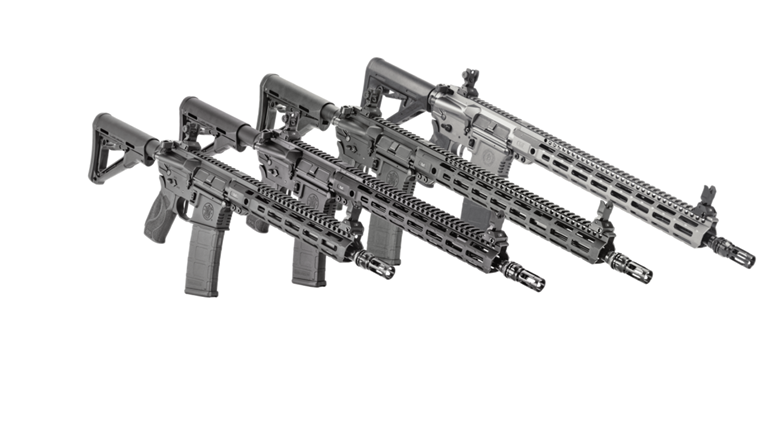
The Question: Can you blue a firearm in your Bar-B-Q pit?
The Background: Charcoal bluing is one of the traditional bluing methods used on many fine firearms (including vintage Colts & Winchesters). The process involves packing the steel in charcoal and “cooking” it at approximately 800 degrees for several hours. To hear many tell it, it’s just that simple and can literally be done in a pile of hot coals. We decided to put this to the test.
The Test: We polished a length of 4140 steel to 400 grit and drilled a hole to hold a wire—actually, it’s an old 870 magazine spring. The metal was degreased with denatured alcohol and allowed to dry—it was untouched by human hands from this point forward to prevent contamination.
Pure wood charcoal was lit, and once the coals were ready, the metal bar was placed on the coals and covered with more coals. An electric fan was used to keep the coals hot, and additional charcoal was added as-needed—every attempt was made to keep the metal packed closely with coals.
After 3 hours, the metal was removed and hung to cool. After 24 hours, the metal was oiled to reveal the result.
The Outcome: Clearly, charcoal bluing is not as easy as many suggest: It’s not simply a matter of covering the steel with hot charcoal and, viola! Without putting the steel in a container, it’s nearly impossible to eliminate air space which leads to the rough areas in the finish. It’s also very difficult to control the heat without a furnace or other artificial heat source. This type of home gunsmithing is a great way to ruin the finish on a perfectly good firearm, not to mention what unregulated temperatures may do to heat-treated steel. Save yourself the trouble and send your gun to a master like Doug Turnbull—you’ll be much better off!
Lest you think we created all of that ozone-depleting smoke just to ruin a pice of steel, don’t worry—we at Bullshooters are true conservationists.




































